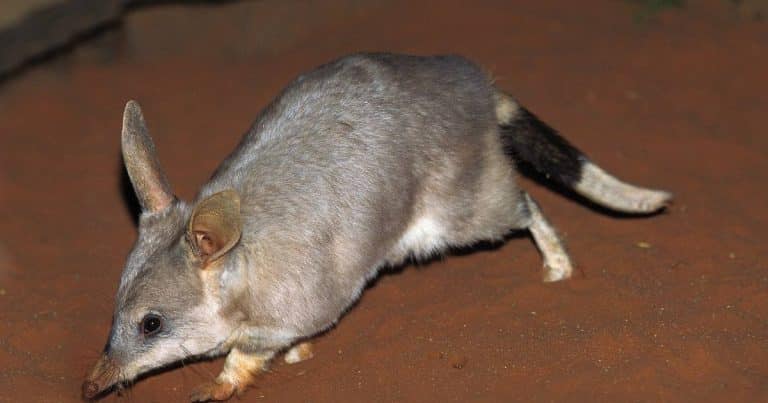Koala Facts for Kids
Fun Facts about Koalas
They are the unofficial national animal of Australia. Loved the world round for their adorable teddy bear appearance (even though they are not actually bears at all) koalas are indeed a national treasure. Unfortunately, these unique and beloved marsupials are also on our endangered animals list and we need to do everything we can to protect them. Below is a whole heap of fun facts, information and reasons why we love them so much.
Quick facts about koalas
• Koalas aren’t bears – they are marsupials.
• As marsupials, their babies (joeys) are born very premature and continue to develop in their mother’s pouch.
• Joeys are very close to their mums and stay with them, in the pouch or riding on their back or abdomen, until they are between 1 – 3 years old.
• Eucalyptus leaves are the staple diet of the koalas and they can eat up to 1kg of them a day!
• The word ‘Koala’ is thought to mean ‘no drink’ and was given to them by the Aboriginal people.
• Koalas do not need to drink much. They get a lot of water directly from the Eucalyptus leaves they eat.
• If you want to spot koalas, night time is the best time because koalas are mostly nocturnal.
• Napping is a big part of a koala’s life and they can sleep up to 18 hours a day.
• Koalas have a distinct pattern unique to each one of the on their nose. Aside from primates, they are the only other animals to have this type of ‘fingerprint’.
• Koalas have a strong cartilage at the base of their spine which helps makes sitting in the fork of trees a lot more comfortable.
• Due to the amount of eucalyptus leaves they eat, Koalas actually smell like eucalyptus – which also works as a natural insect repellent for them.
• Koalas tend to eat the leaves from the very top of eucalyptus trees as they contain the most water and nutrients.
• Each koala lives in its own area, which differs in size depending on their age and social standing.
• Mature males have scent glands in the centre of their chests, which exude a dark, sticky substance that they rub on trees to mark their territory.
• Climate change, deforestation, and other human activities have pushed koalas closer together, causing them a great deal of stress.
• Queensland, NSW, Victoria and South Australia are the only states where Koalas are found naturally in the wild.
• Koalas in the southern parts of Australia are larger and have thicker fur than those in the north. This is thought to be an adaptation to keep them warm in the colder southern winters.
• As the only living members of their family, phascolarctidae, they’re unlike anything else on this planet.
• Koalas are losing their homes due to deforestation.
• Koalas are sadly listed as endangered animals.
• Wild Koala Day is celebrated every year on May 3rd.
Baby Koalas (Joeys)
A koala baby is called a Joey and they are the most precious little things you will ever see!
At birth, the joey is only 2cm long, is blind, its ears are not fully developed, and it has no fur at all. Even with all these limitations, the baby koala is still able to find its way into its mother’s pouch thanks to an inborn sense of direction. It then settles in and stays inside the pouch for about 6 months, drinking her milk.
At 6-7 months, the tiny joey is finally able to venture out of its mother’s pouch – but it doesn’t go too far. Instead, they continue to stay close to their mum, riding on their back or abdomen as they get their first taste of eucalyptus leaves. They will still venture back into the pouch from time to time until they literally cannot fit inside anymore. Cute!
When a joey reaches about 1 – 3 years old they will leave their mum and find their own range to live in.
Why Are Koalas Endangered?
Unfortunately, due to widescale urban development, bush fires and deforestation, koala numbers are decreasing at a rapid rate. Being animals that prefer their own space, smaller forested areas also mean that koalas are having to live closer together, which causes them stress. Koalas are more susceptible to dog attacks and road accidents as well as diseases like Chlamydia and Conjunctivitis.
Where you can see a koala?
With numbers diminishing as they are, catching a glimpse of a koala in your own backyard or neighbourhood is getting harder every day. Most Australian wildlife parks feature koalas but it is only legal to hold a koala in three states which include Queensland, South Australia and Western Australia.
You might also be interested in our facts about wombats
Ngaire
Latest posts by Ngaire (see all)
- Nocturnal Australian Animals that Live in Cities - June 23, 2024
- Ideas to celebrate Earth Day in Australia - August 20, 2023
- Interesting facts for kids about Rainbow Lorikeets - July 1, 2023






